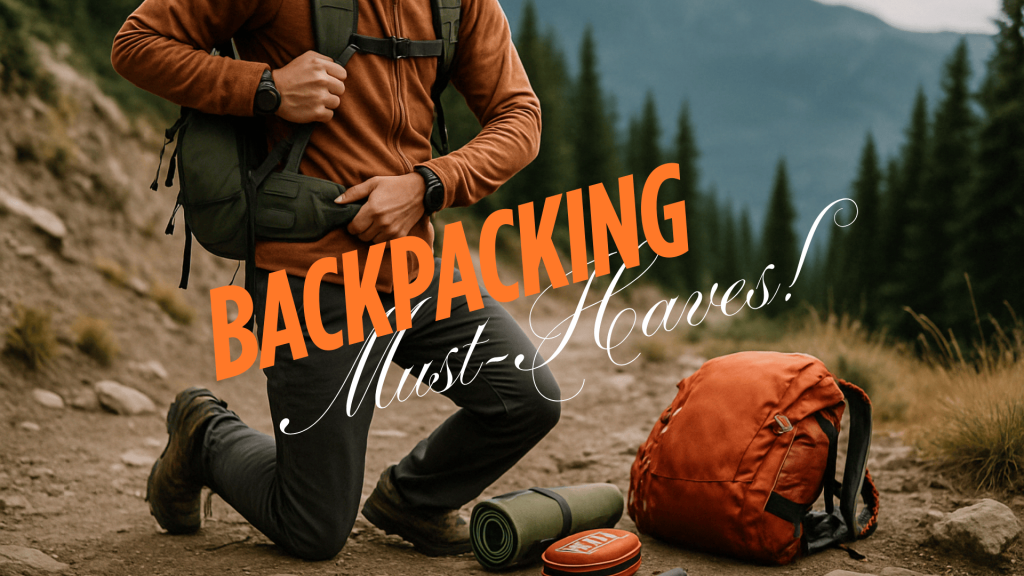Ready to hit the trails with everything you need? Proper backpacking gear makes all the difference between a memorable outdoor experience and a challenging ordeal.
First-time hikers often learn the hard way that carrying too much—or too little—can turn a beautiful hike into a struggle. Getting your pack right means understanding the real necessities: reliable shelter, clean water, proper nutrition, and safety tools.
The right equipment keeps you comfortable while facing changing weather, rough terrain, and long distances. For weekend trips or month-long journeys, these core items remain the same—only the quantities change.
Let’s break down the true backpacking essentials that deserve space in your pack and help you travel light without sacrificing comfort or safety.
Backpacking Necessities
The world of backpacking has changed a lot over the years, with gear becoming lighter, stronger, and more specialized. Still, the basic needs remain the same – shelter, food, water, and safety equipment.
Getting these basics right forms the foundation of any successful trip into the outdoors. Many beginners make the mistake of packing too much, only to learn the hard way that every extra pound makes the trails more difficult.
Understanding Backpacking Basics
Backpacking means carrying everything you need on your back while hiking through nature. What you pack changes based on how long you’ll be out:
- Weekend Trips: Basic supplies for 1-3 days
- Multiday Hikes: More food, possibly extra clothes (4-7 days)
- Long Journeys: Complete setup for weeks outdoors, including supply restocking plans
The goal is finding balance – carrying what you need without weighing yourself down too much.
Must-Have Gear for Any Trip
These items belong in every backpack, no matter how short your trip:
| CATEGORY | ESSENTIAL ITEMS |
|---|---|
| Shelter | Tent/tarp, Sleeping Bag, Sleeping Pad |
| Water | Bottles/reservoir, Filter/purifier |
| Food | Easy-To-Cook Meals, Snacks, and Cooking Kit |
| Safety | First Aid Kit, Map, Compass, Pocket Knife |
| Clothes | Weather-Appropriate Layers, Extra Socks |
The right choices in these categories keep you safe, warm, and fed while you’re away from modern comforts.
Packing Smart: Weight Matters
Your back will thank you for thinking carefully about what goes in your pack.
- Cut extras: Question every item – do you truly need it?
- Multi-use items: Choose things that serve more than one purpose
- Lighter options: Consider spending more on lightweight versions of bulky gear
Remember that every ounce adds up when you’re walking miles with your home on your back.
Shelter and Sleeping Gear
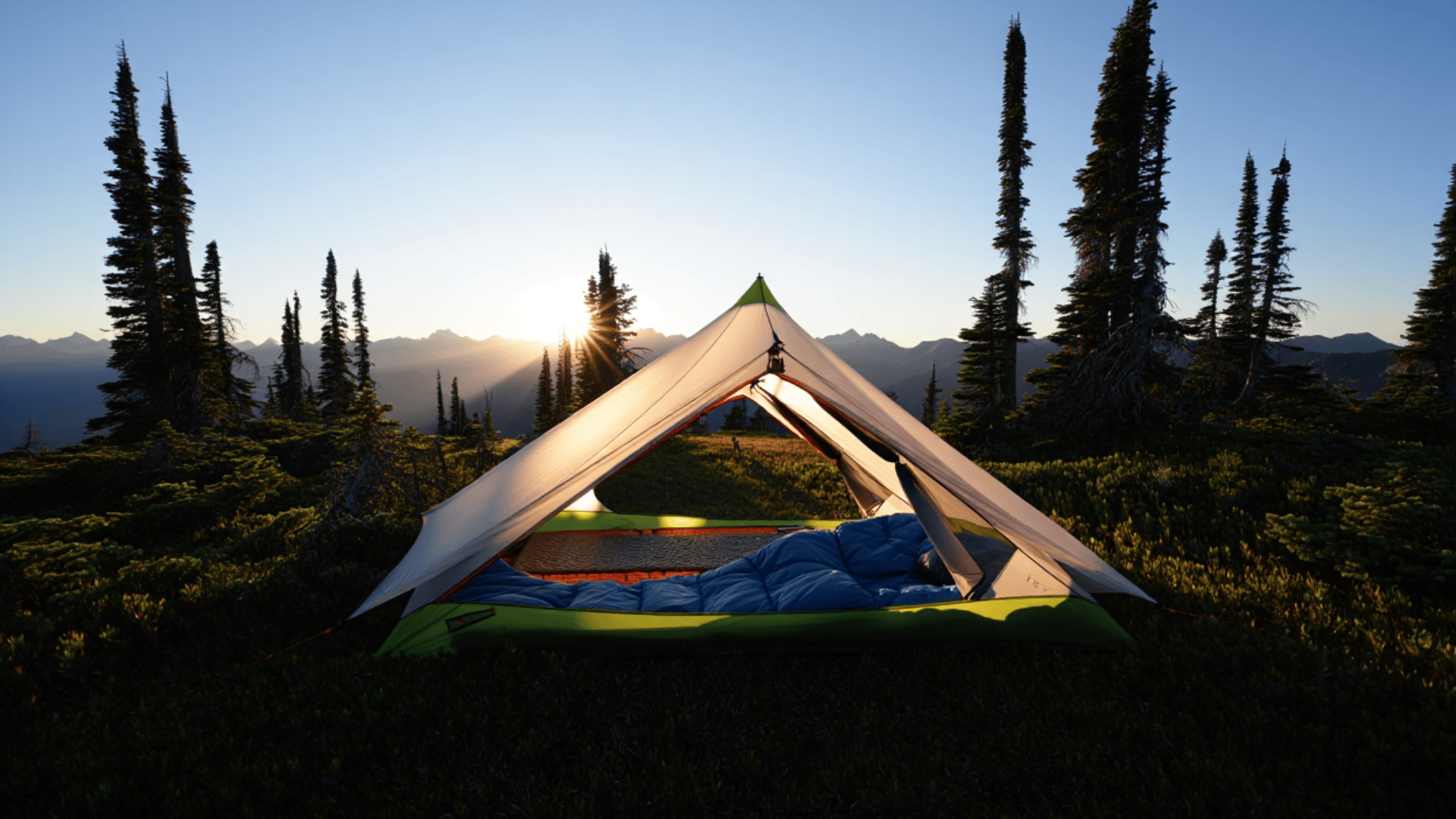
Finding the right place to sleep outdoors can make or break your trip. A good shelter keeps you dry, warm, and ready for the next day’s walking.
Your shelter is your home in the wild—the place you’ll recover from daily exertion and prepare for the next day’s challenges. Getting this system right is worth extra attention because quality sleep directly affects your energy and mood on the trail.
Choosing the Right Shelter
When picking where you’ll sleep, you have three main options, each with its own good and bad points:
Tents offer full protection from bugs and the weather. They provide complete coverage and privacy, but weigh more than other options and take up significant pack space.
Tarps provide simple, light protection from rain. They’re extremely lightweight and can be set up in many configurations, but they offer less protection from insects and require good setup skills.
Your shelter needs a few key add-ons for full protection. Make sure you have a good rain cover, strong poles, ground stakes, and a floor liner to keep moisture out and heat in.
Sleep System Essentials
After walking all day, a good night’s rest is priceless. Your sleeping system consists of three main components:
| ITEM | PURPOSE | SELECTION TIPS |
|---|---|---|
| Sleeping Bag/Quilt | Keeps You Warm | Pick One Rated 10° Colder than Expected Temperatures |
| Sleeping Pad | Adds Comfort, Keeps You Warm | Check the R-Value (Warmth Rating) |
| Pillow | Neck Support | Inflatable Ones Save Space |
When choosing a sleeping bag, think about the lowest temperatures you might face. Mummy-shaped bags keep you warmer but give less moving room, while quilts save weight but might let in cold air if you move a lot.
Water Storage and Filtration
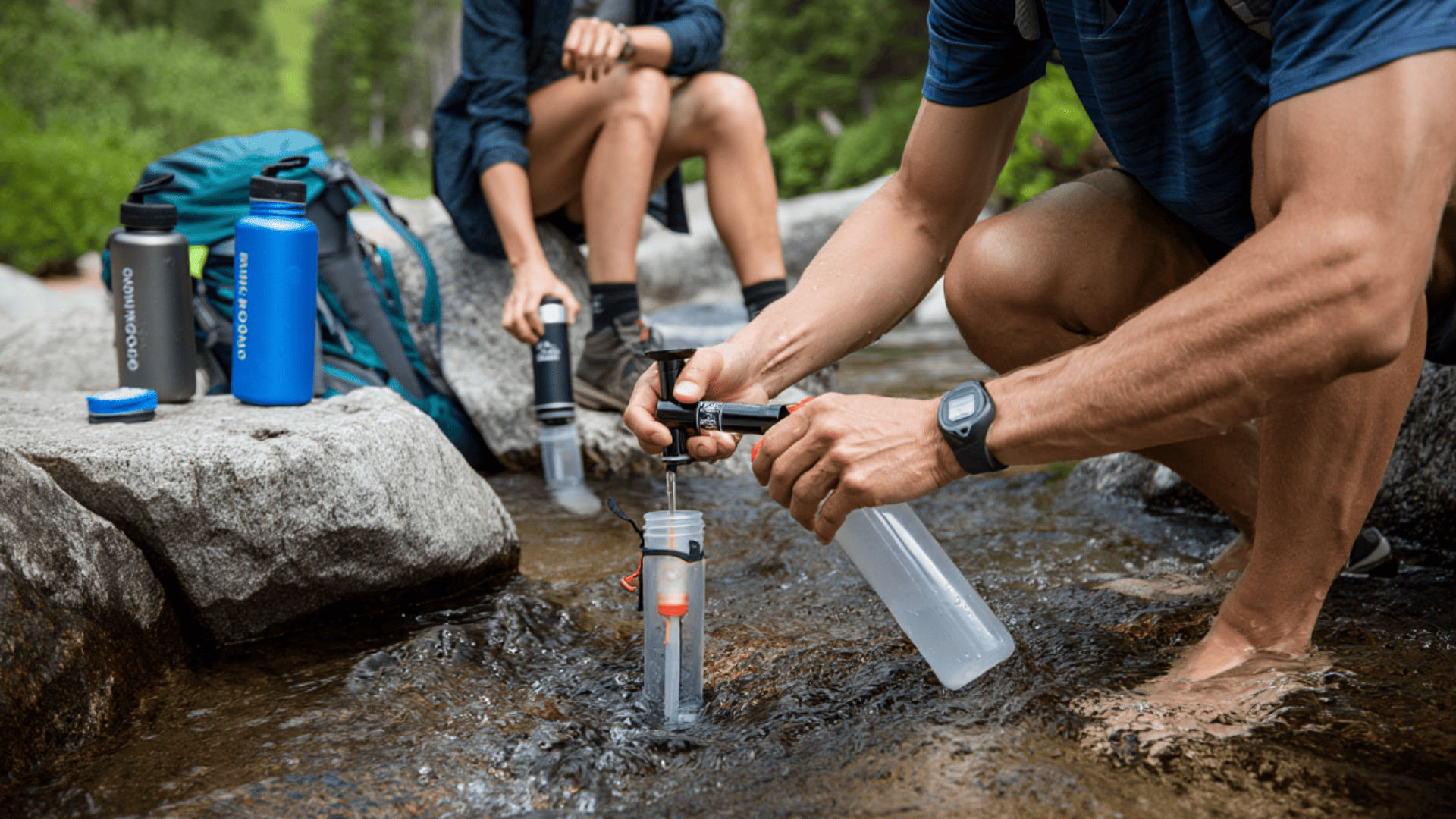
Clean water is one of your most important needs on the trail. Knowing how to carry and clean water can keep you healthy throughout your trip.
Water management can become your most critical daily task in many environments. The right system saves time at water sources and provides confidence that you won’t run dry between fills.
Water Carrying and Storage Solutions
Having enough water between sources is crucial for staying healthy outdoors. Most hikers carry a combination of hard plastic bottles and soft water bags.
The rigid bottles offer durability and reliability, while collapsible containers save space when not full.
Always carry more capacity than you think you’ll need. It’s smart to have at least 2-3 liters for most day sections, and the ability to carry 4-6 liters in dry areas.
Water Filtration Systems
Never drink untreated water in the backcountry. You have several effective options for making water safe:
Squeeze filters and pump systems physically remove harmful organisms, while UV light tools kill germs with ultraviolet light. Chemical treatments offer a lightweight backup that can save you from getting sick if your main system fails.
Always test your filtration system before heading out, and know how to maintain it in the field. Clean filters regularly to prevent clogging, especially when dealing with murky water sources.
Food and Cooking Gear
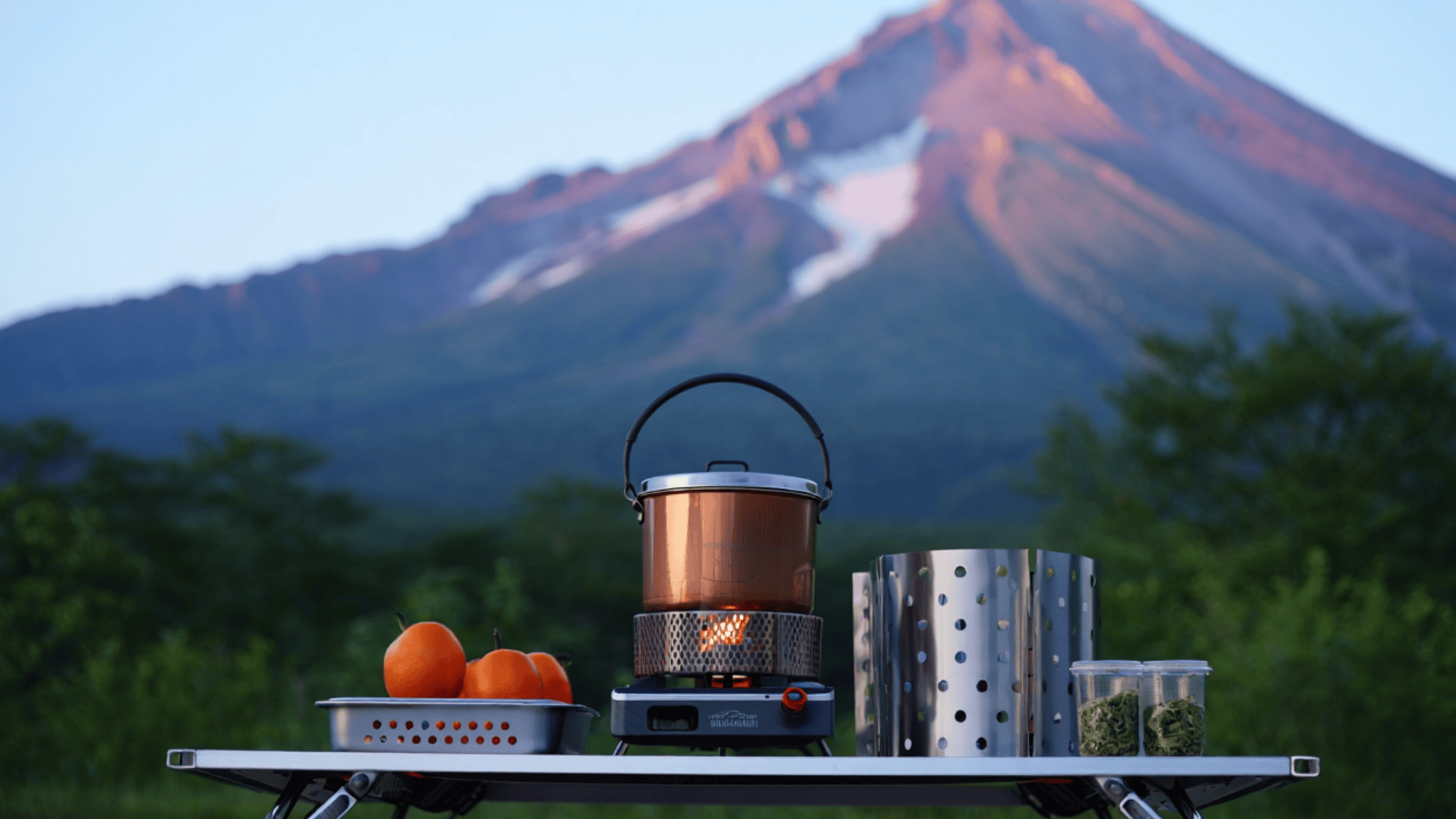
Food gives you energy for the miles ahead. The right cooking setup makes mealtime something to look forward to after a long day.
Meal planning becomes a science and an art form for backpackers. The best foods balance weight, nutrition, preparation time, and most importantly, appeal—because food you won’t eat becomes useless weight.
Essential Food and Snack Provisions
Hiking burns lots of calories – usually 2,500–3,500 per day. Your food should be:
- Energy-dense for its weight
- Durable without refrigeration
- Simple to prepare
- Enjoyable enough to maintain an appetite
Nuts, dried fruits, hard cheeses, and energy bars make excellent trail snacks that provide quick energy between meals. For main meals, dehydrated options offer the best balance of weight, shelf-stability, and nutrition.
Always pack one extra day’s food for unexpected situations like bad weather or trail problems.
Cooking Systems and Gear
Your cooking setup should match your food plans and trip location. Small canister stoves offer convenience and quick cooking times for most three-season trips. For winter or international trips, liquid fuel stoves work better in cold conditions and offer fuel flexibility.
Most backpackers need just a single pot for cooking, an eating vessel, and a spoon or spork. Simple meals that only require boiling water minimize both the equipment needed and cleanup time – a welcome feature after a long day on the trail.
Navigation and Safety Gear
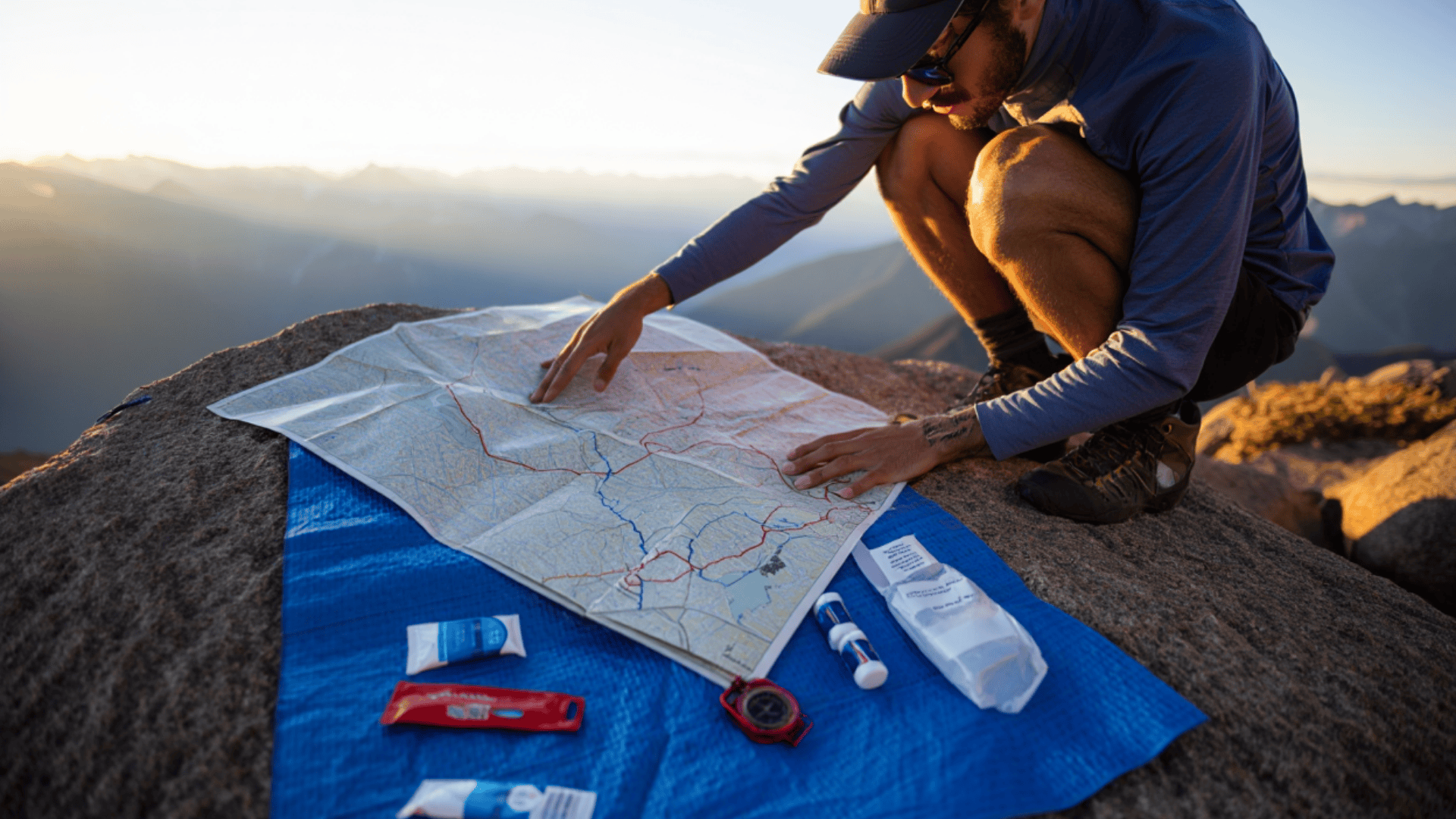
Getting lost or hurt can turn a fun trip bad quickly. These tools help keep you safe and on the right path.
Safety in remote areas requires self-reliance and preparation. The equipment you carry should help prevent problems and provide solutions when challenges arise.
Navigation Tools
Even with today’s technology, knowing where you are remains essential. Paper maps show the big picture and never run out of battery, while a compass works anywhere without a signal.
Digital GPS devices offer precision and convenience, but should complement rather than replace traditional navigation skills. Before your trip, study your route carefully and identify key landmarks, water sources, and possible exit points.
First Aid and Emergency Kit
A good safety kit handles small problems and helps with bigger ones until help arrives. Your kit should include bandages, blister treatment, pain relievers, and any personal medications.
For emergencies, add:
| ITEM | PURPOSE |
|---|---|
| Whistle | Signal for Help (Three Blasts) |
| Emergency Blanket | Retain Body Heat |
| Fire Starter | For Warmth and Signaling |
| Repair Tools | Fix Essential Gear |
Keep these items accessible, not buried deep in your pack. The best safety gear is useless if you can’t reach it when needed.
Clothing and Footwear

What you wear can make you comfortable in changing conditions and protect you from the elements.
Your clothing system is your primary shelter—the one you wear all day long. Smart fabric choices and layering strategies help manage moisture, temperature, and protection from the sun and insects.
Layering for Comfort and Protection
Smart hikers use a three-part layering system: a moisture-wicking base layer, insulating mid layers, and a protective outer shell. This approach lets you adjust to changing conditions by adding or removing layers as needed throughout the day.
For footwear, consider the terrain and your joint support needs. Sturdy boots protect ankles on rough trails and with heavy loads, while trail runners offer speed and comfort on well-maintained paths. Whatever you choose, break in your footwear before any major trip.
Protective Accessories
Small items provide big protection in the backcountry. A brimmed hat and sunglasses shield you from the intense sun at higher altitudes. In bug season, effective insect repellent makes the difference between misery and comfort.
The weather can change quickly outdoors, especially in the mountains. Always pack a waterproof jacket – even on days with perfect forecasts – and bring a warm hat that can retain significant body heat when temperatures drop unexpectedly.
Personal Items and Hygiene Essentials
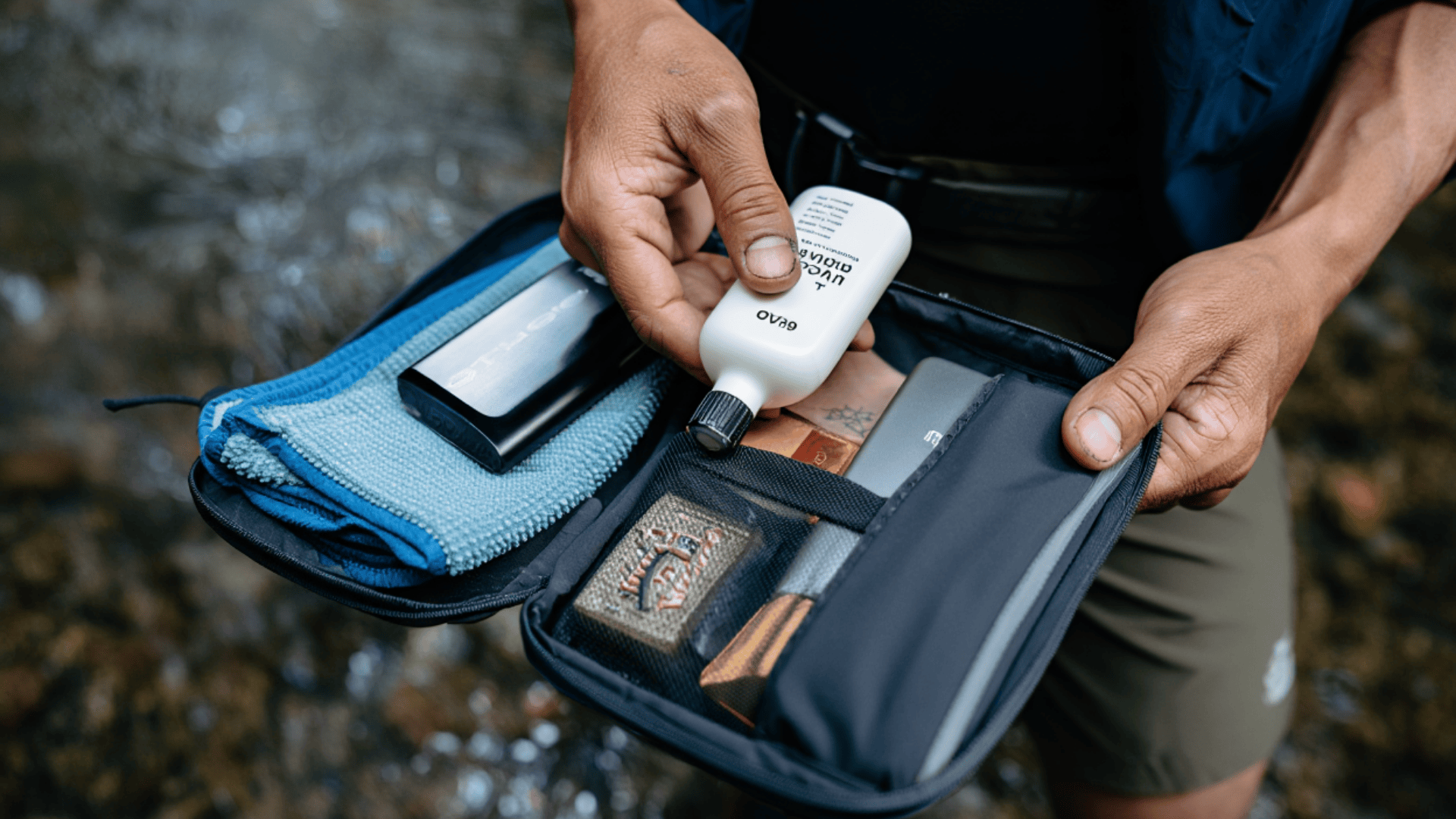
Staying clean helps you stay healthy on the trail. A few key items make this possible without adding much weight.
Health maintenance becomes more important the longer you stay outdoors. Simple routines for cleanliness prevent many common backcountry problems and help you enjoy the experience more fully.
Personal Hygiene and Toiletries
Basic cleanliness matters when you’re active outdoors. Carry a small digging tool for bathroom needs, along with toilet paper in a waterproof bag. Hand sanitizer is essential before handling food.
For personal cleaning, biodegradable soap works for both body and dishes. A quick-dry towel lets you dry off after stream baths. Remember to follow Leave No Trace principles: pack out all trash and use soap at least 200 feet from water sources.
Electronics and Charging Gear
Modern hiking often includes some useful tech. A good headlamp is essential for moving safely after dark, while phones serve multiple roles as cameras, maps, and emergency devices.
For trips longer than a weekend, a small power bank keeps devices running. Store electronics in waterproof cases and keep them warm in cold weather to maximize battery life.
Packing Tips and Weight Considerations
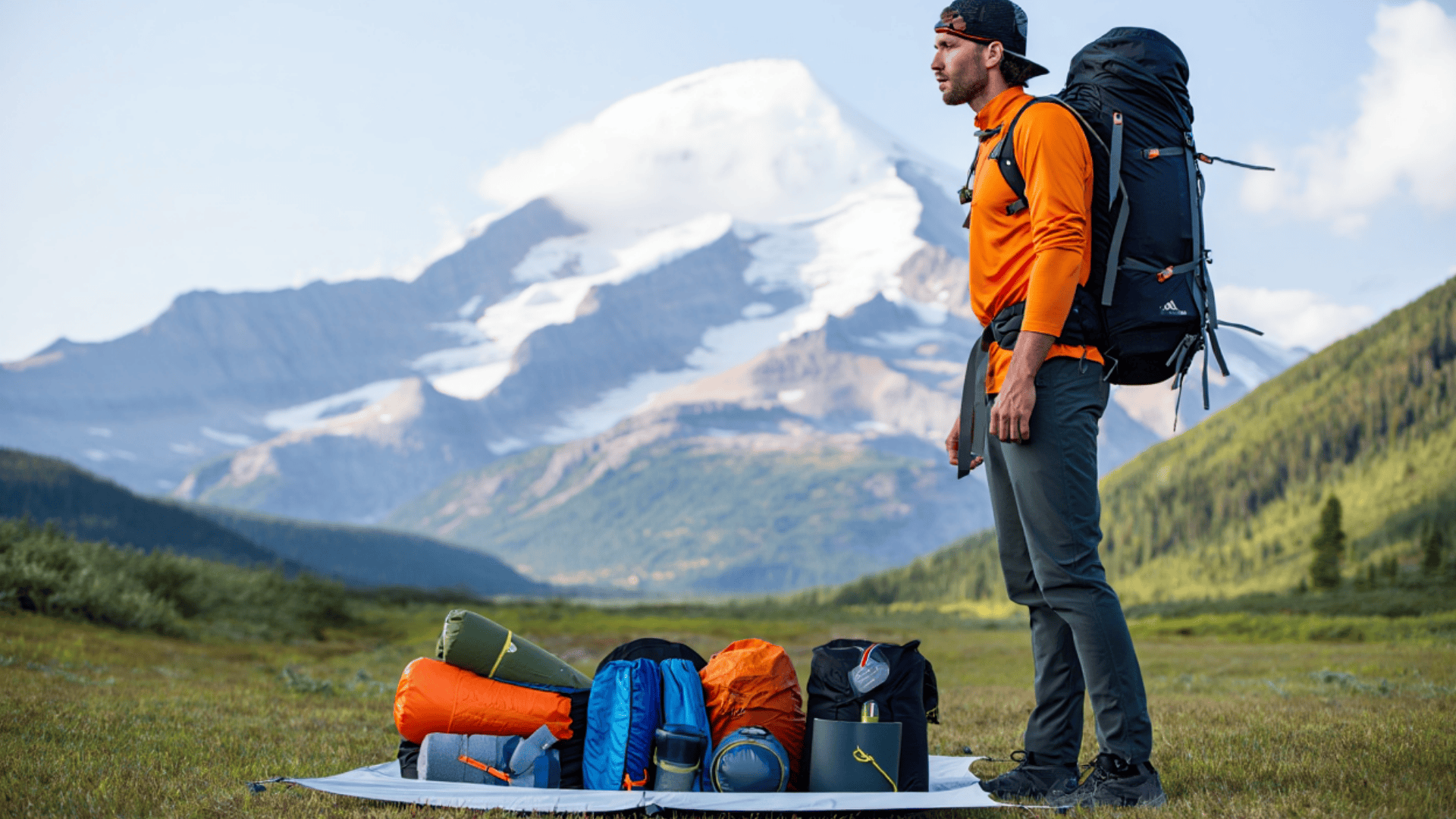
A heavy pack can ruin an otherwise perfect trip. Most experts suggest keeping your full pack weight under 20% of your body weight for comfort.
Cutting weight comes down to three principles:
- Take only what you truly need
- Choose lighter versions of essential items
- Learn skills that reduce what you need to carry
Before any trip, do a test pack and weigh your bag. Then take a short walk – this simple test often reveals items you can leave behind. Each trip teaches you more about what you really need in the outdoors.
Remember that safety items are never the place to cut corners. A bit of extra weight in first aid or emergency gear is always worth carrying for the protection it provides when you need it most.
Final Thoughts
The trail teaches lessons that no guide can fully prepare you for. Each backpacking trip builds knowledge about what truly matters in your pack. Start with these necessities and refine your gear list through experience.
The perfect pack balances protection against the unexpected while staying light enough for enjoyable hiking. Remember that expensive gear doesn’t always mean better trips—skills and knowledge often matter more than premium equipment.
Pack thoughtfully, prepare thoroughly, and stay flexible when plans change. The mountains, forests, and trails will test your preparation, but with these essential items, you’ll be ready for the challenges and rewards that come with carrying your home on your back.
Happy trails and safe travels on your backpacking adventures!
Come back for more helpful travel tips, gear recommendations, and campsite reviews.

